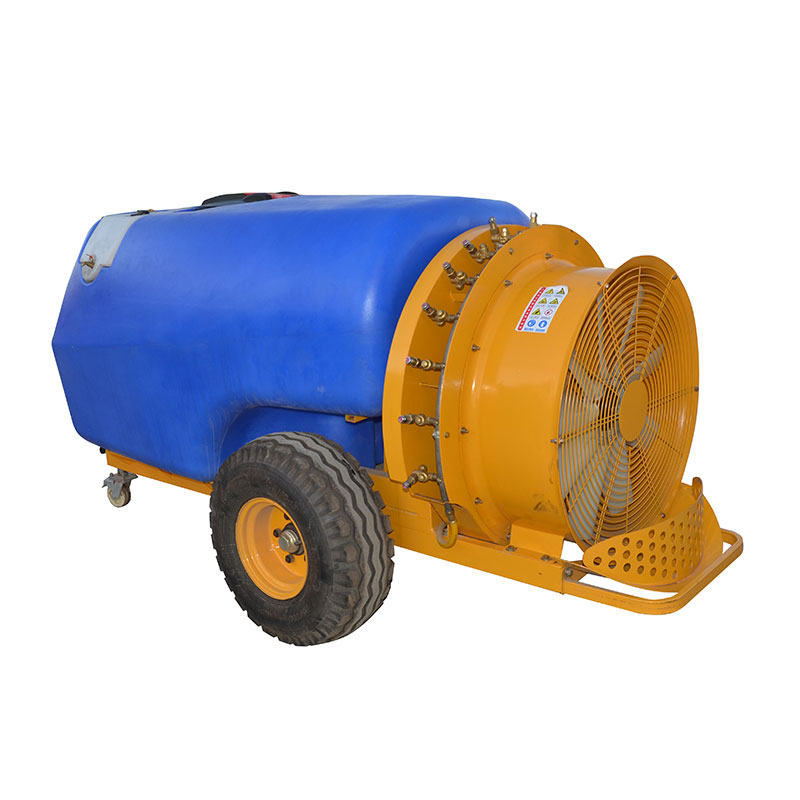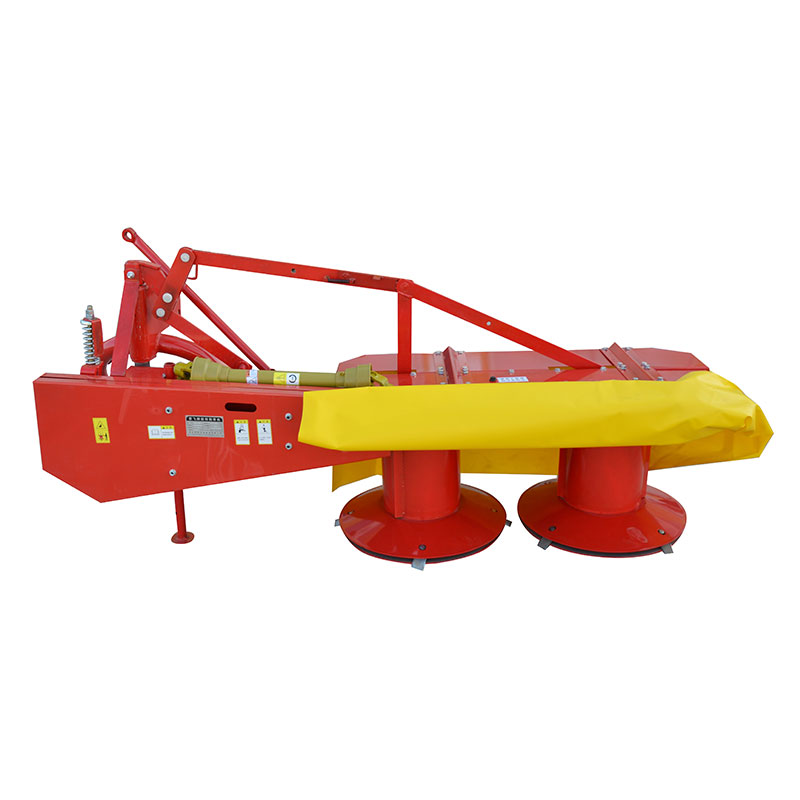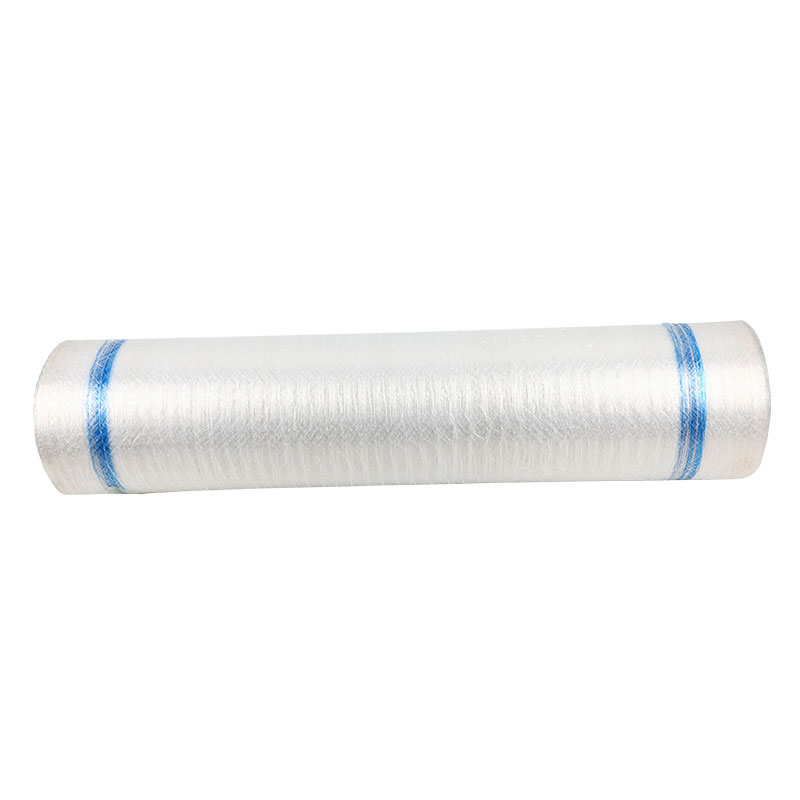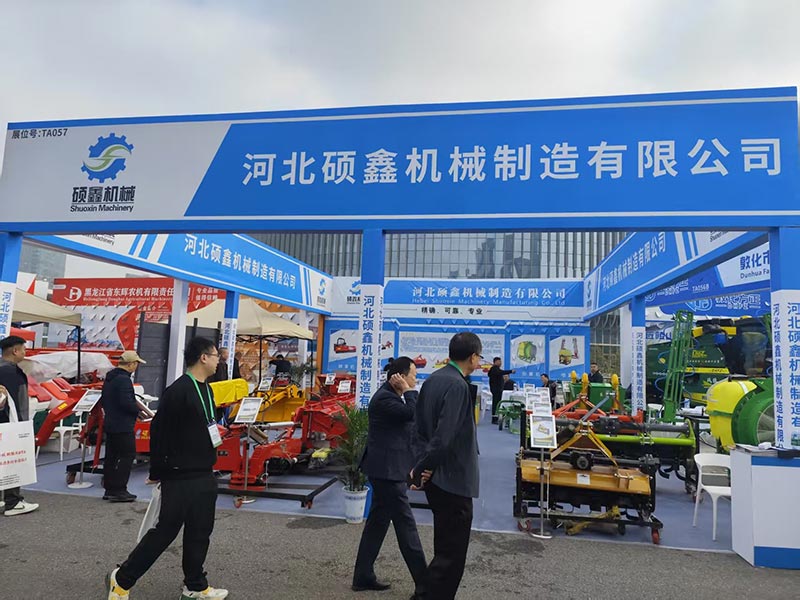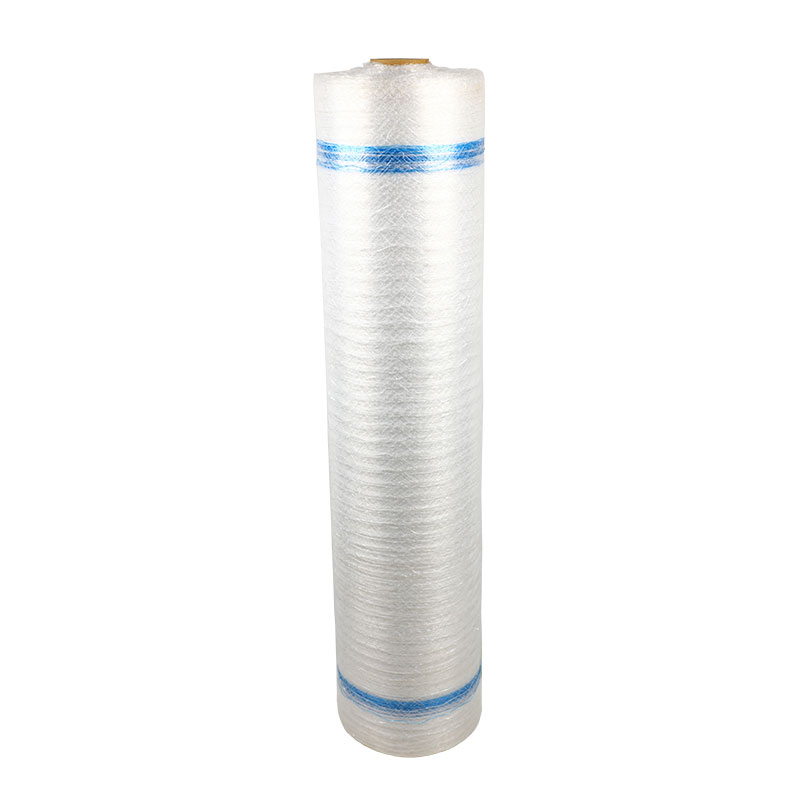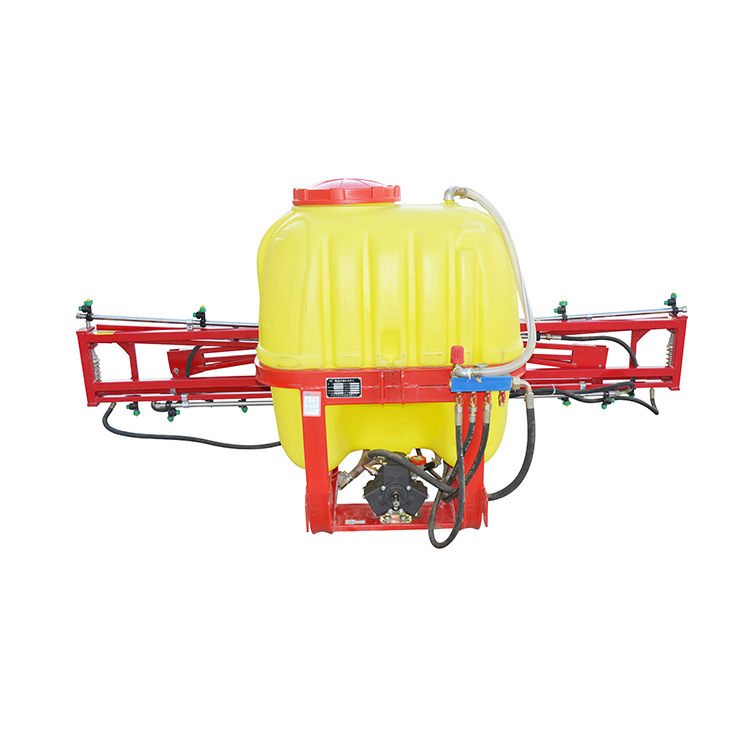- Home
- About Us
- Products
- Boom Sprayer
- Air Blast Sprayer
- Lawn Mower
- Wheel Rake
- Land Leveler
- Fertilizer Spreader
- Manure Spreader
- Seeder Machine
- Agricultural Machinery Transmission Shaft
- Plow
- Automatic Roll Tube Sprayer
- Gear Pumps
- Hydraulic Valve
- Bundled Straw Net
- Tractor Flail Mower
- Seedling Killing Machine
- Rotary Rake
- Rake Sun
- Ridging Machine
- Rotary Tiller
- News
- Download
- Send Inquiry
- Contact Us
Language
- English
- Español
- Português
- русский
- Français
- Deutsch
- tiếng Việt
- Italiano
- Nederlands
- ภาษาไทย
- Polski
- 한국어
- Svenska
- magyar
- Malay
- বাংলা ভাষার
- Dansk
- Suomi
- हिन्दी
- Pilipino
- Türkçe
- Gaeilge
- العربية
- Indonesia
- Norsk
- تمل
- český
- ελληνικά
- український
- Javanese
- فارسی
- தமிழ்
- తెలుగు
- नेपाली
- Burmese
- български
- ລາວ
- Latine
- Қазақша
- Euskal
- Azərbaycan
- Slovenský jazyk
- Македонски
- Lietuvos
- Eesti Keel
- Română
- Slovenski
- मराठी
- Srpski језик
- 日本語


